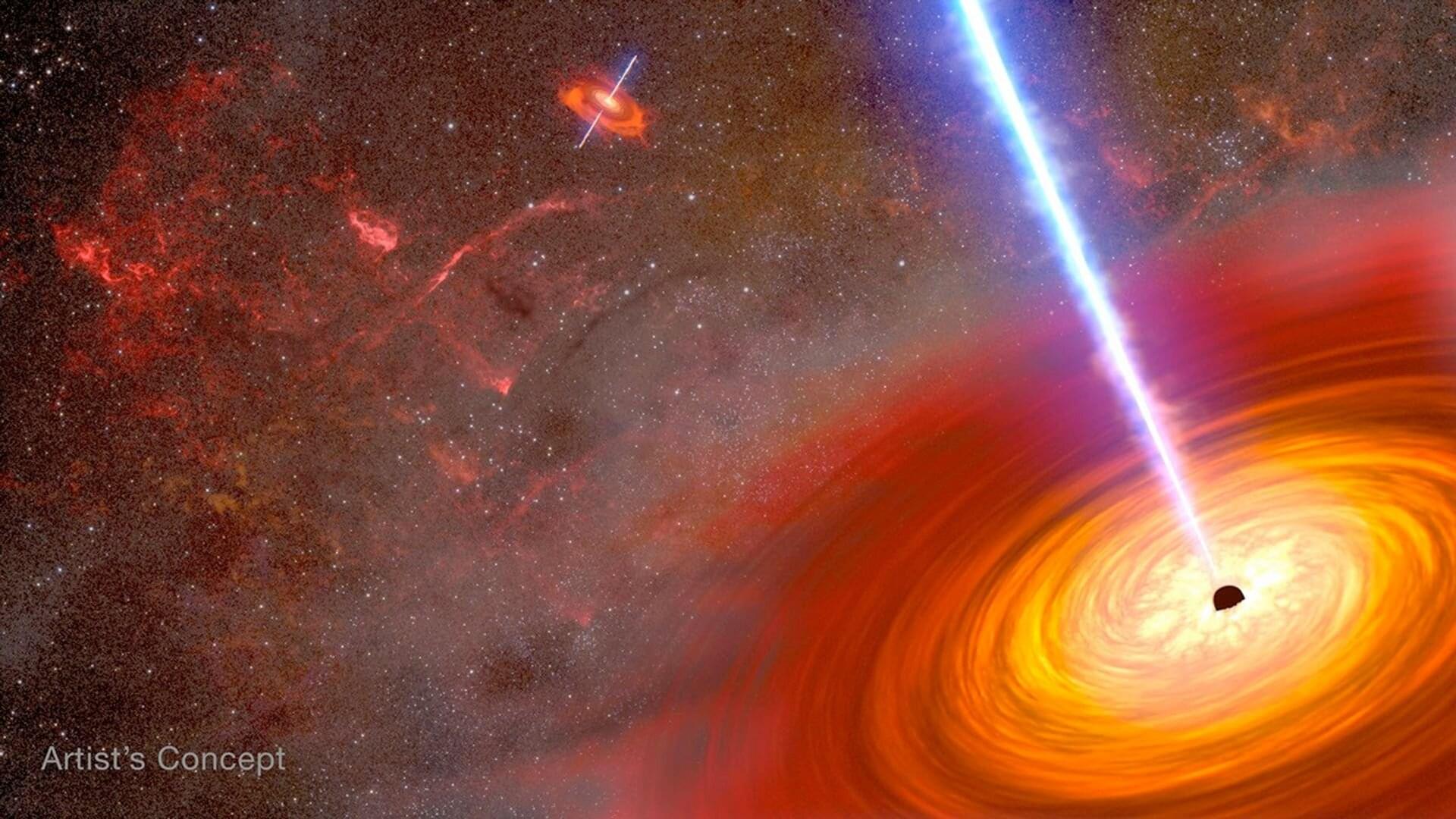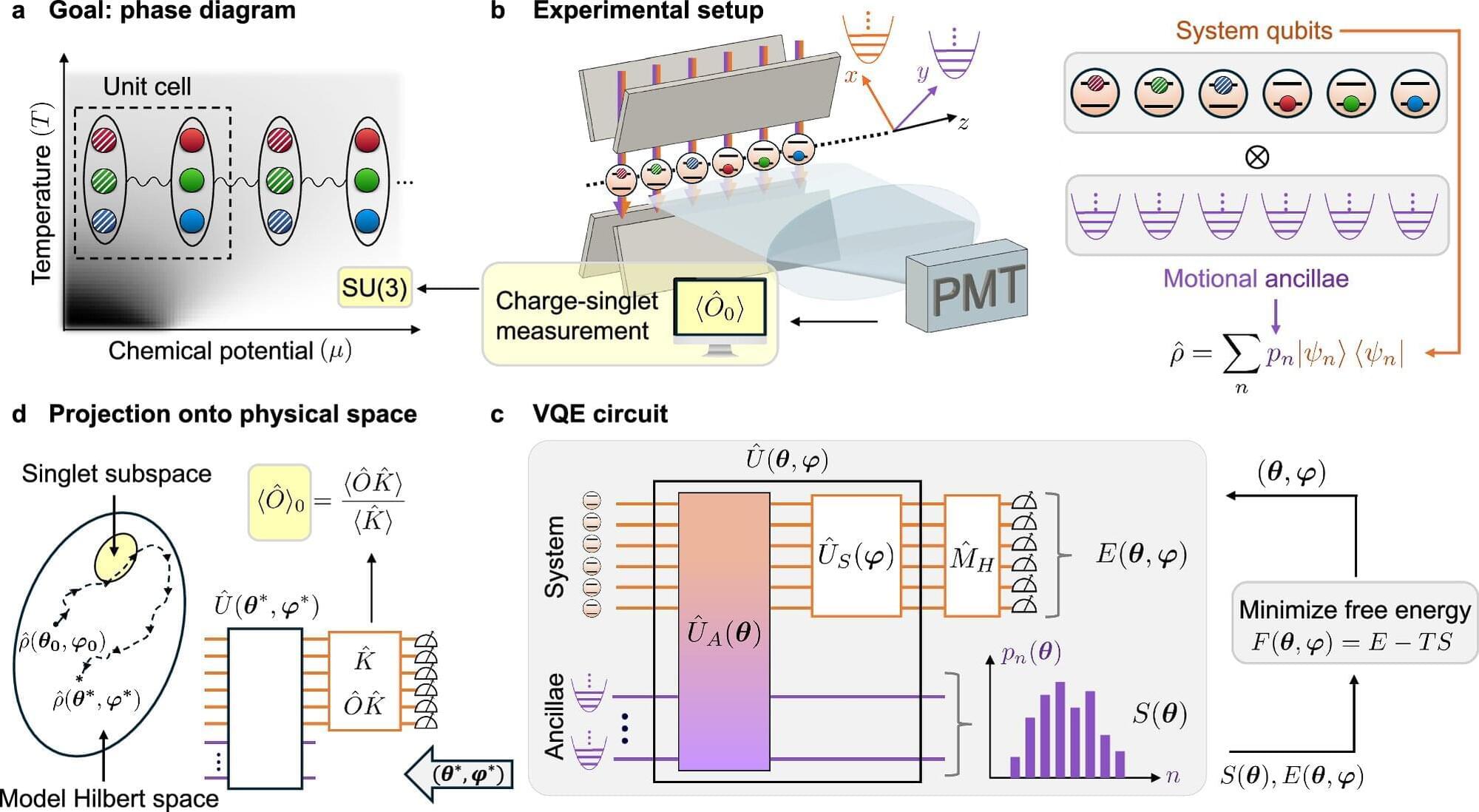A Japanese research team from Keio University demonstrated that a quantum algorithm can solve a core metabolic-modeling problem, marking one of the earliest applications of quantum computing to a biological system. The study shows quantum methods can map how cells use energy and resources.
Flux balance analysis is a method widely used in systems biology to estimate how a cell moves material through metabolic pathways. It treats the cell as a network of reactions constrained by mass balance laws, finding reaction rates that maximize biological objectives like growth or ATP production.
No. The demonstration ran on a simulator rather than physical hardware, though the model followed the structure of quantum machines expected in the first wave of fault-tolerant systems. The simulation used only six qubits.








